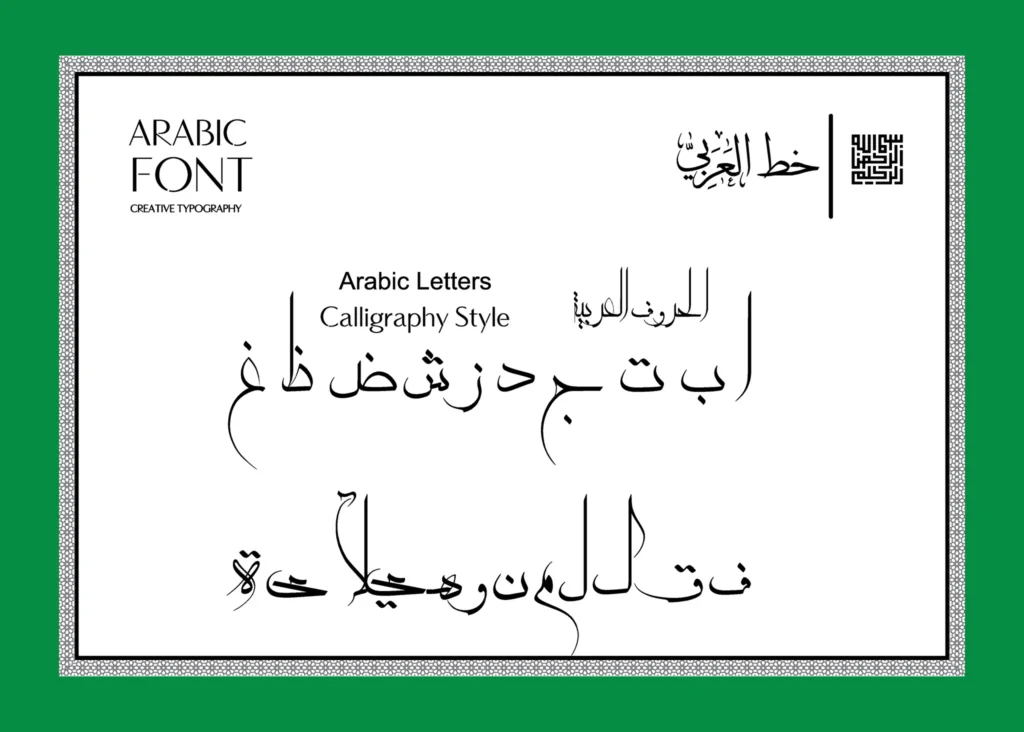Properly Rendering Arabic Text in Python and PDF with arabic_reshaper and bidi

If you’ve ever tried printing Arabic text in Python, you’ve probably noticed that it comes out… wrong. The letters are disconnected, flowing in the wrong direction, or jumbled when combined with English text. That’s because most environments don’t natively support Arabic shaping or right-to-left (RTL) rendering. This post will walk you through how to fix that using two essential […]
Checkpoint 3: Finally, Perfect Harakat Rendering in Quran PDF — With Code That Honors the Script

After wrestling with fonts, diacritics, and PDF rendering quirks, I’ve finally arrived at a solution that works: a Python script that accurately renders fully vocalized Arabic Quran text, complete with harakat, into a beautiful, multi-page PDF. This was more than just a technical hurdle. It was about honoring the complexity and beauty of Quranic Arabic […]
Checkpoint 2: The Quest for Perfect Quran Harakat Rendering in PDF

After successfully generating a bilingual Quran PDF from my dataset, I was excited to enhance the visual fidelity of the Arabic script. Specifically, I wanted to ensure that every verse—every fathah, kasrah, dhammah, and sukun—was rendered clearly and accurately. These diacritics (harakat) are not just decorative; they are essential to the integrity and meaning of […]
How I Turned a Quran Dataset into a Bilingual PDF Using Python

Have you ever thought about creating a personalized PDF of the Quran—complete with Arabic text and English translation—using nothing but data and code? That’s exactly what I set out to do, and after a few unexpected challenges, it worked. In this post, I’ll walk you through how I transformed a raw Quran dataset into a […]
Unlocking the Quran Through Data: A First Look at the Quran Dataset

As someone passionate about both technology and Islamic studies, I recently came across a structured dataset of the Quran and decided to explore it through the lens of data analysis. What I discovered was a beautifully organized structure of the Holy Book—revealing patterns and insights that bridge spiritual depth and data clarity. First, I load […]
Public Datasets of the Qur’an: A Treasure Trove for Developers, Researchers, and Learners

In today’s data-driven world, having access to public datasets can unlock endless opportunities—especially when it comes to one of the most profound texts in human history: the Qur’an. Whether you’re a software developer building an Islamic app, a linguist studying classical Arabic, or an educator creating engaging learning tools, public Qur’an datasets can be a […]
From Scrivener to WordPress: A Streamlined Workflow Using Mammoth .docx Converter

If you’re a writer who loves Scrivener for drafting and organizing content, but publishes on WordPress, you’ve probably asked yourself: How can I move my content from Scrivener to WordPress without messing up the formatting? You’re not alone. Thankfully, there’s a reliable solution that bridges the gap beautifully — and it’s called Mammoth .docx converter. […]
Introduction to Three.js: Bringing 3D to the Web

Have you ever visited a website and found yourself amazed by an interactive 3D animation—perhaps a rotating product, a 3D map, or even a mini-game? Chances are, Three.js was behind that immersive experience. Three.js is a lightweight, powerful JavaScript library that makes creating and displaying animated 3D graphics in the browser incredibly accessible. Whether you’re […]
